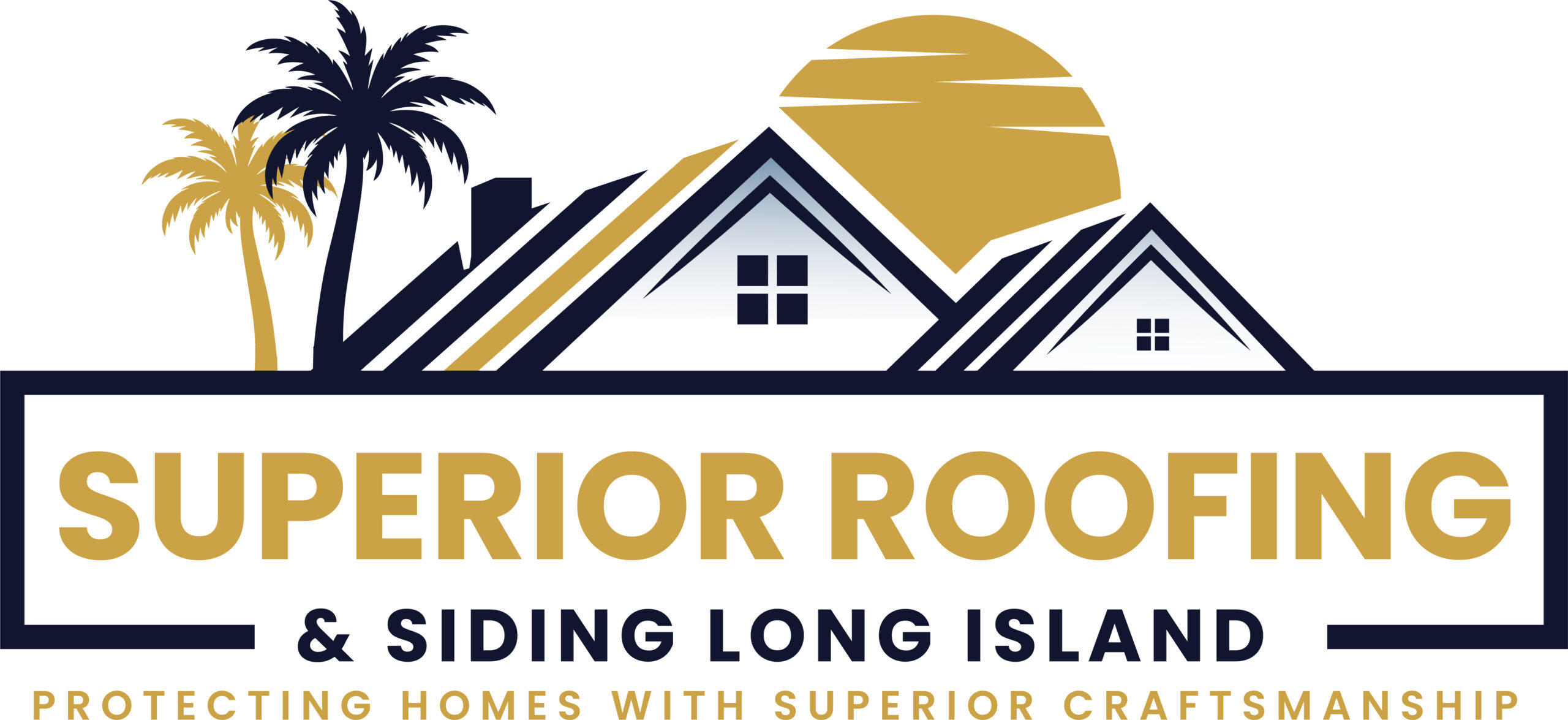As a Long Island homeowner or commercial property owner, you know that maintaining your roof is key to protecting your investment. Ridge cap shingles, the ones that cover the peak of your roof, play an important role in keeping your property safe from the elements. Over time, they can wear out and need replacing.
Understanding the cost of replacing ridge cap shingles helps you plan your budget effectively. Various factors influence the price, including the type of shingles you choose, the size of your roof, and labor costs in your area. By knowing what to expect, you can make informed decisions that suit your needs and budget.
Whether you’re dealing with a few damaged shingles or a full replacement, having a clear idea of the costs involved ensures you’re not caught off guard. Let’s explore what you should consider when planning for this essential home maintenance task.
Understanding Ridge Cap Shingles
Ridge cap shingles sit at the peak of your roof, connecting two slopes. They play a key role in keeping water from leaking into your home. Unlike regular shingles, ridge cap shingles are specially designed for this purpose. They provide the necessary protection at the roof’s highest point.
These shingles come in various materials, including asphalt and metal. Asphalt shingles are common due to their affordability and durability. Metal options offer longer-lasting performance but come at a higher cost. Choosing the right material depends on budget and desired lifespan.
Ridge cap shingles need installation by professionals, especially if the roof is steep. Installing these shingles involves cutting and laying them precisely along the ridge. Proper installation ensures they effectively seal the roof peaks.
When planning to replace ridge cap shingles, consider factors like material choice and professional installation fees. Prices vary based on these choices and your roof’s complexity. Find local professionals on Long Island who can offer estimates tailored to your specific roof and material needs.
Factors Influencing Replacement Cost
Various factors affect the cost of replacing ridge cap shingles. Understanding these can help you manage your budget effectively.
Material Costs
Material costs greatly influence your replacement expense. Asphalt shingles, often preferred for their cost-effectiveness and durability, offer an affordable option. Conversely, metal shingles are pricier but typically last longer. Local suppliers on Long Island may charge differently, so comparing prices is advisable.
Labor Expenses
Labor expenses take up a significant portion of your budget. Hiring experienced professionals ensures proper installation but has higher fees. Rates fluctuate due to Long Island’s labor market conditions. Request multiple quotes to achieve the best price-performance balance.
Roof Size and Complexity
Roof size and complexity directly impact costs. Larger surfaces require more shingles and longer installation times. Complex roofs with angles or steep slopes demand additional skills, raising labor charges. Accurately assessing your roof ensures precise estimates.
Average Cost Estimates
Ridge cap shingle replacement on Long Island depends on various factors. Understanding price variations helps in budgeting effectively.
Cost Breakdown by Region
Homeowners on Long Island encounter specific costs. Material costs typically range from $1 to $3 per square foot for asphalt shingles. Labor costs vary significantly due to regional market conditions, often ranging from $30 to $75 per hour. Nearby areas might see slight price differences based on demand and competition.
Comparison with Other Roofing Repairs
Replacing ridge cap shingles usually costs less than entire roof replacements. While a full roof replacement can easily reach $8,000 or more, fixing ridge caps may only cost a few hundred dollars to $1,500. In contrast, fixing individual shingle patches generally costs less, ranging from $100 to $200, depending on damage severity and size.
DIY vs. Professional Replacement
Choosing between DIY and hiring a professional for replacing ridge cap shingles affects cost and results. Consider the pros and cons of each option to make an informed decision.
Pros and Cons of DIY
Doing it yourself can save money. You avoid labor charges that can range from $30 to $75 per hour. Buying materials yourself might cut costs further. However, DIY requires skills and tools. If you lack experience, you might make mistakes, leading to leaks or damage. Safety is another concern on steep roofs. Assess your abilities and risks before deciding.
Hiring a Professional
Hiring a pro ensures quality. Experienced contractors know how to install ridge cap shingles properly. They handle complex roofs and ensure effective sealing. While professional services come with costs, the benefits include a warranty and peace of mind. Skilled labor can prevent costly repairs in the future. Consider getting multiple quotes to find a fair price.
Tips to Save on Replacement Costs
Consider practical strategies to manage the expense of replacing ridge cap shingles for your property.
Seasonal Considerations
Replacing ridge cap shingles during off-peak seasons might result in lower costs. Many contractors on Long Island offer discounts during late fall and winter, when demand for roofing work decreases. Scheduling work during these months could reduce labor costs significantly. Avoid peak seasons like spring and summer when contractors are busier and prices tend to rise.
Supplier Discounts and Promotions
Take advantage of supplier discounts when buying materials. Many suppliers give promotions at different times of the year. Contact local suppliers to learn about potential sales or bulk-buying discounts. If you plan larger projects, negotiating prices for larger quantities could lead to substantial savings. Buying during sales events could also lower the overall cost of materials.
Conclusion
Understanding the costs associated with replacing ridge cap shingles is crucial for effective budget planning. By considering factors like material type, labor expenses, and roof complexity, you can make informed decisions that suit your financial situation. Whether you opt for a DIY approach or hire a professional, weighing the pros and cons will help you achieve the best outcome for your property. Take advantage of off-peak seasons and supplier discounts to save on expenses. With careful planning and strategic decisions, you can maintain your property’s integrity without overspending.

